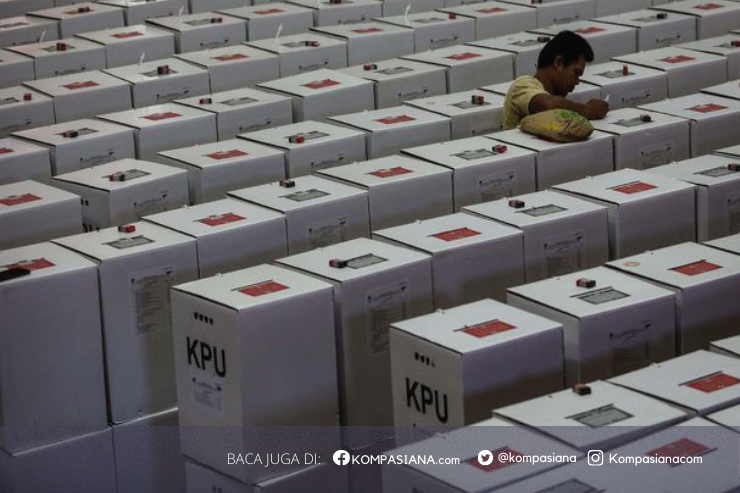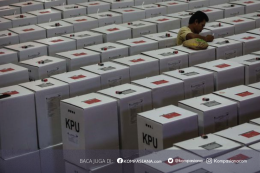Money Talks‼
The increasing growth of nature damage with immense loss in every sector has awakened the world’s policymakers and even economists who commonly were viewing benefit of environment and economics in opposite lens, to sit together with environmental advocates. Over the past decades, these environmental advocates have finally arrived at one conclusion that conservation policy must have a strong economic motive to get adequate attention from policymakers. They believe that monetizing nature’s goods and services by putting price tag on it will reveal its immense economic contribution to society. Its winning point is that the significant value created by nature and its diverse service to humanity frequently goes unnoticed. Quantifying its full extent, would help to generate the political will to prevent the further destruction of nature and to facilitate its rehabilitation. The best way to reveal the nature’s value, they conclude, is to present it in terms of policymakers understand best: money (Barbara Unmüßig, 2014).
Nevertheless, when we put a “price tag” on nature, it will drive our perspectives in understanding the nature as a “market” that produces goods and services with monetary value.
Placing a rupiah value on nature is a controversial effort. We can determine an exact price of a car that manufactured with cost of 100 million rupiahs at ease, let’s say 110 or 130 million rupiahs. But how can we determine a price of every litre of water that we used, or every inch of mountain’s beauty that we are enjoying?. In fact we are the products of nature as well, how can we determine the price of ourselves?
Pricing of nature will work best in theory but complicated in practices since when we treat the nature’s goods and services as “commodities”, we will be facing three key challenges :
- The public will believe that nature’s goods and services are entitled owned by the big corporate/private sector who have money/power in the country. As a double-edged knife, this effort will bring opportunity for the local/poor community around the developed ecosystem (that will stimulate higher work productivity)to have better life by having new jobs. However, this effort also has potential to add misery for the local/poor around the developed ecosystem by nature damage caused by the irresponsible nature over-exploitation.
- There will grow a misunderstanding among the public that all responsibilities of the nature conservation will go fully to the big corporate/government since they are considered as the stakeholders who use all goods and services of nature at most. The public will be unaware of their obligations to conserve the nature. They do not realize that every person in this world from a born baby, a president, even the future generation who are not coming yet, have the equal obligation to conserve the nature.
- To commodify the nature’s goods and services may encourage the adoption of a weak sustainability approach which views natural capital renewable. We will believe that everytime we buy an expensive green products, we have compensated the natural damage that we created, by paying the equal cost to recover nature into its natural condition. Indeed, the truth is we only pay the cost of exploiting and using the goods and service of nature or to build the exact same required condition to exploit and use them more, but not the cost of production that will be able to recreate them since we are not the God who created this world, right?
All Roads Lead to Rome
Nature has the central role in economic processes and it means that nature truly has a big economic value. However, the economic value of nature is not represented or quantified through the price system. We are merely able to capture the value based on its benefit.
Cost-benefit analysis (CBA) is the predominant tool in economics that involves adding up the benefits of a course of action, and then comparing these with the cost associated with it in order to assess whether an intervention-be it a project or policy-should be undertaken or not. However, traditioinal Cost-Benefit Analysis (CBA) focuses mainly on strict economic returns. If the financial benefits of an action outweigh its costs, then CBA considers it efficient, no matter what its knock-on environmental impacts or externalities are (Vardakoulias, 2013). For instance, a mining project nearby a river which decreased environmental capital by 100 million but raised economic capital by 130 million might still go forward in spite of it resulting in an irreversible environmental loss. CBA is based on the premise that environment wealth can be placed in monetary terms. It works on the premise that societies should always choose for interventions that are optimal in terms of efficiency and effectiveness.
When we talk “optimal” in conserving nature then the only one optimal action to conserve it is by removing all activities that have potential to create nature damage, but how can it happen?
A desire to feel satisfied is the most basic feeling of human being. The biggest issue of conserving nature is the insustainability of an intervention, due to the lack of strong solid collaboration among public, private sector, government and environmental advocates in the policy formulation since they want to win their individual goals at optimal level in the process of conserving nature. However, how can we satisfy everyone when we ourselves never feel satisfied?
We should agree that our society is the field of “competing interest and values” rather than “reaching optimization or efficiency maximisation”. Therefore when an intervetion enacted, it will give most satisfied outcome for all stakeholders not for every individual stakeholder. For example, banning the snack’s vendors around a school might bring worst outcome for the vendors while at the same time will bring optimal solution for parents, to mitigate their children’s snacks eating habits.








